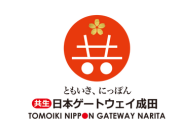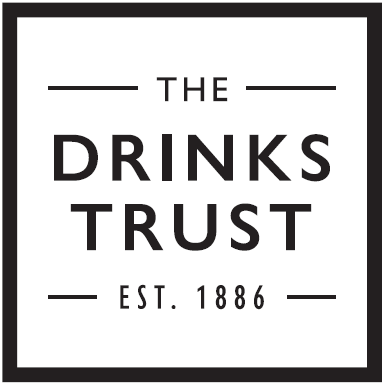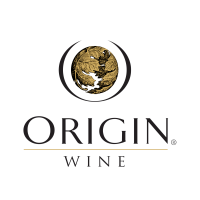The pioneering Soil Acoustic Meter (SAM) from UK company Soil Acoustics has EU and other worldwide patents pending.
We reported on the meter’s initial development 18 months ago, recognising that this “ecoacoustics” technology – listening to the sound of the soil because “a noisy soil is a healthy soil” – has the potential to provide a rapid, cost-effective, and non-invasive method for monitoring soil health. The system can also be used for monitoring biodiversity, rewilding and habitat restoration projects.
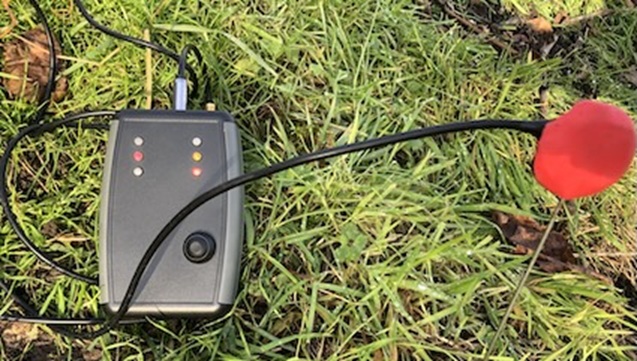
The handheld device (above) records GPS-located sound samples for approximately three minutes. These recordings are then analysed against an extensive soil sound database giving a Soil Acoustics Quality Index (SAQI) score.
The patent for the device follows two years of extensive research and development, part-funded by the UK’s Department for Environment, Food & Rural Affairs (DEFRA), in collaboration with scientists from the University of Warwick.
Part of the research involved monitoring biodiversity at vineyards, including for Champagne house Ruinart.
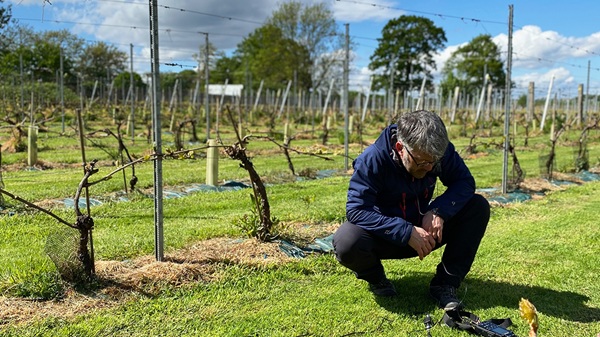
This research enabled the team to build a comparative database and develop an effective sampling strategy. It is also being used to train AI algorithms to explore the relationship between soil sound and the other parameters for soil health.
The team behind SAM says the ground-breaking tool delivers “actionable and repeatable insights, without the need to disturb or remove any soil”.
It should enable farmers and vineyard managers to make data-driven decisions regarding soil treatments, fertilisation, cover crops and regenerative farming practices.
Andrew Baker, MD and founder of sister company Baker Consultants, said: “This is an exciting time for agriculture, with the recognition that good soil health is imperative for crop yields as well as preserving and restoring biodiversity.
“But we also need new tools and technologies to allow land managers to measure the success of each intervention. We are very excited to see people start using soil acoustics to collect robust scientific data, in a cost-effective and repeatable way, so that it can directly inform their farming practices and benefit soil health.”

 English
English French
French
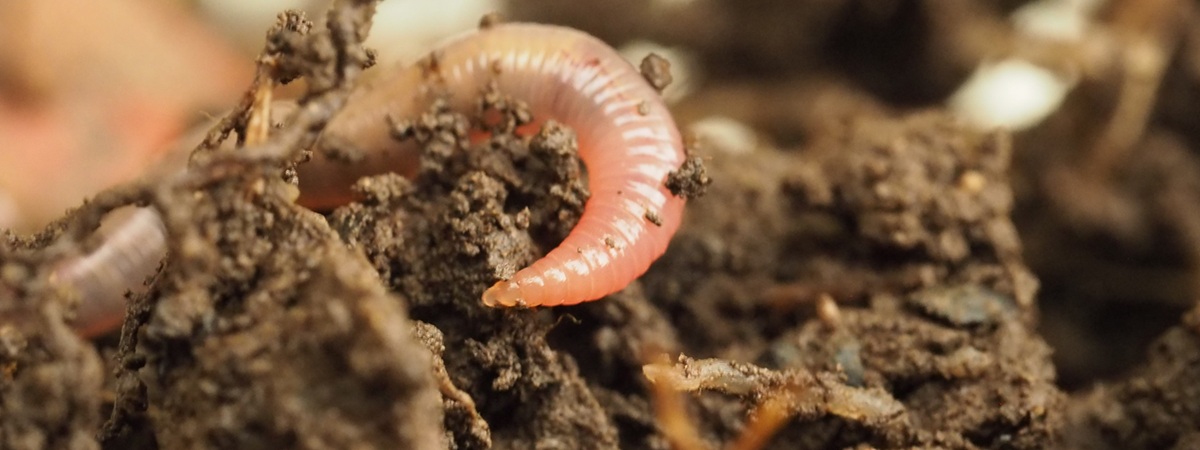
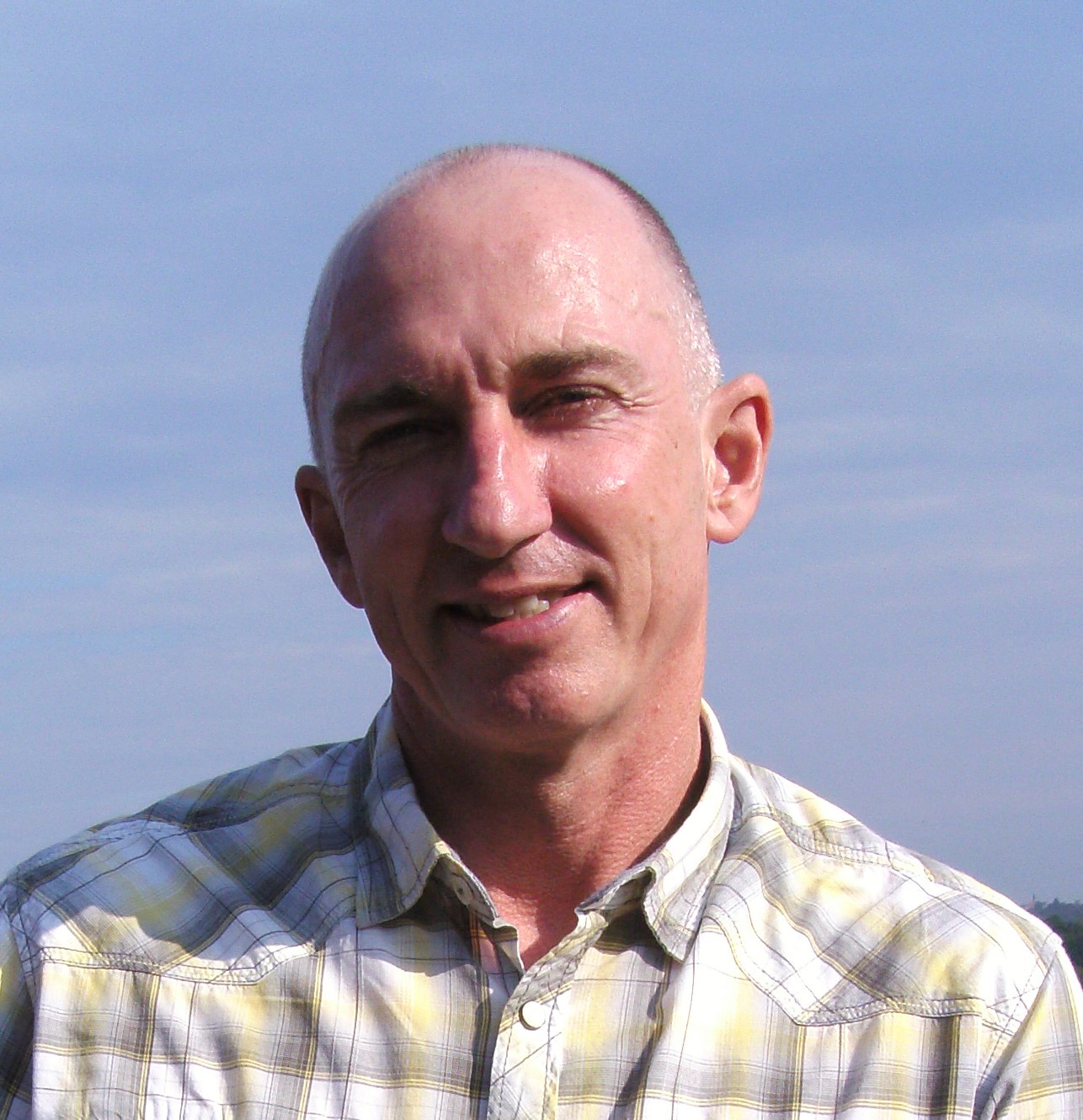



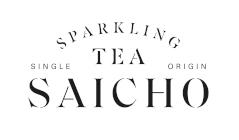




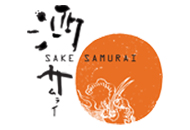
.png)
